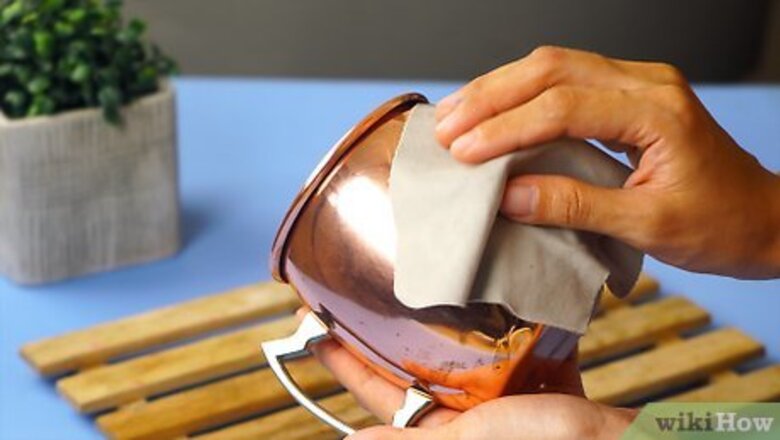
views
- Mix an aging compound of 1 cup (0.24 L) of white vinegar, 3/4 cup (0.18 L) of ammonia, and 1/4 cup (0.19 L) of table salt. Pour the mixture into a spray bottle.
- Clean the copper with commercial window cleaner to remove any dust, then dry and wipe it down with a clean cloth.
- Spray the object with the aging mixture, then use a paintbrush to coat it completely. Place the object in a plastic bag to cure, then reapply the mixture as desired.
Preparing the Project
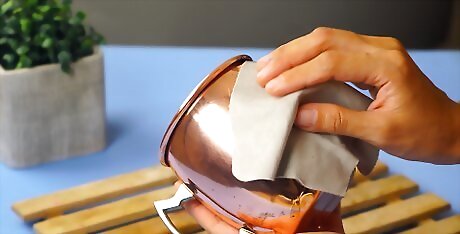
Wipe the surface completely with a lint-free cloth. For the aging process to be effective, the copper must be free of oils and other surface contaminants, meaning that you'll need to take a little bit of time to clean up the object before you attempt to age it. Be sure to clean the entire surface, including small crevices for the best effect.
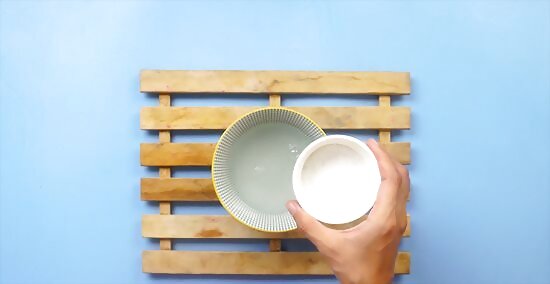
Mix the aging compound. To quickly oxidize your copper, the best mixture involves one cup (.24 liter) of plain white vinegar, 3/4 cup (.18 liter) of household ammonia, and 1/4 cup (.19 liter) of table salt. Mix the ingredients into a spray bottle for easy application, and shake it up to mix the ingredients thoroughly. For the best effects, non-iodized table salt would be more desirable. Whatever kind of salt you use, try to dissolve it as much as possible to avoid scratching up your copper. Some aging compound recipes also like to add a 1/4 cup (.19 liter) of lemon juice to the mixture. If you have lemon juice, use equal parts of all the ingredients listed above.
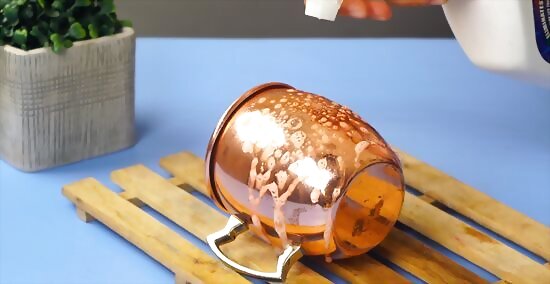
Spray the object with window cleaner. After dusting the object thoroughly, clean it up with some commercial window cleaner, preferably one with an ammonia base. After giving it a light coat, wipe it down with the same cloth, buffing out as much of the dust and grime as possible. Spray the copper lightly with the window cleaner again, but do not wipe it off this time. This serves to break the invisible surface tension so that the aging compound makes solid contact with the metal itself.
Aging the Copper
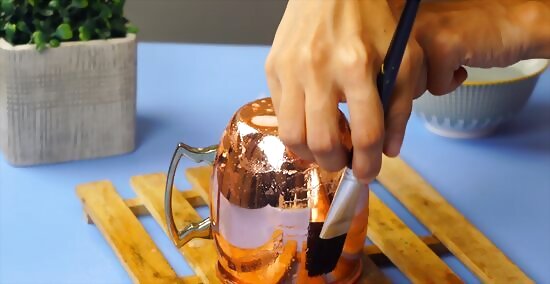
Cover the object with the patina mixture. Once you've cleaned up your copper piece and sprayed it with the window cleaner, apply the aging compound, covering the object completed. Make sure to get into even the smallest spaces, creating an even coat. Don't over-do it. It's not necessary to soak the piece, so it's dripping all over the place. Just use enough to wet it in an even coat.
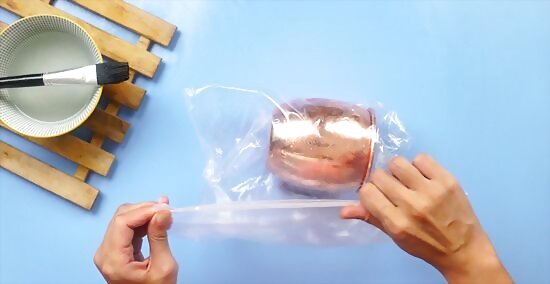
Cover the object. To create humidity, it's usually recommended that you place the copper object into a plastic bag, or tent it under a piece of plastic to create an artificial environment while the aging compound works. Allow the piece to sit undisturbed for about an hour. If you live in an area with high humidity, or if you apply the mixture during a rainstorm, you do not need the plastic's artificial environment. In general, it's an advantage to try to age copper at the wettest or most humid point in the year, to give yourself the best natural benefit in the environment.
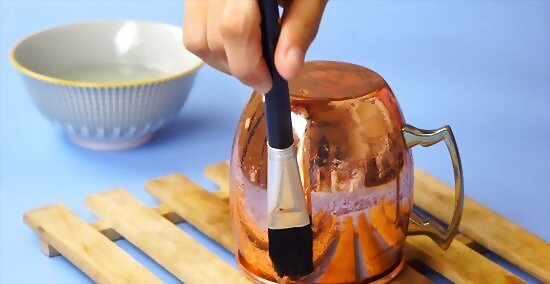
Reapply the aging compound. Remove the item from the plastic and apply the patina mix again, once more making certain that you have covered the entire metallic surface. Return it to the humidifying bag or tent, and allow it to rest overnight.
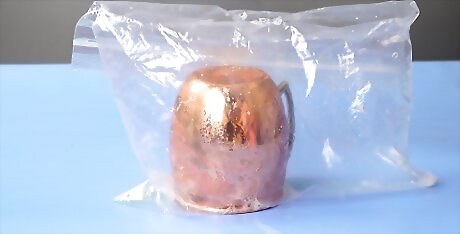
Continue reapplying as desired. The amount of coloring you want on your copper piece will be up to you. Remove the piece from the bag each morning and examine it thoroughly, then add more aging compound if necessary and repeat the process if you want to get more color on the piece. In general, you probably won't want to age a piece using this method for too long, especially if you live in a humid climate. Remember that the copper will age naturally with time, as well, so you don't have to do too much to get the effect you want on an object you'll have for a long time.
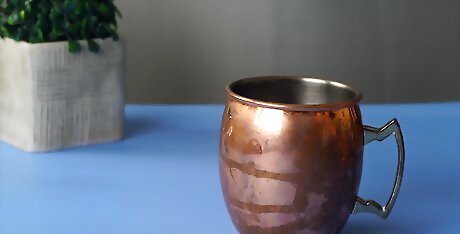
Clean the object with a clean cloth. After you've achieved the age coloring you like, spritz a clean cloth with a small amount of window cleaner and wipe it down to get any of the remnants of the aging compound off, and return the copper to it's place.










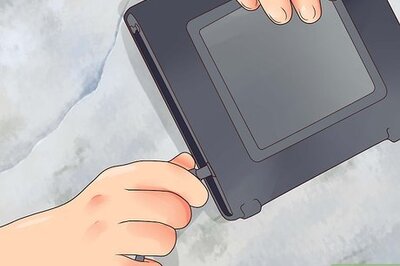


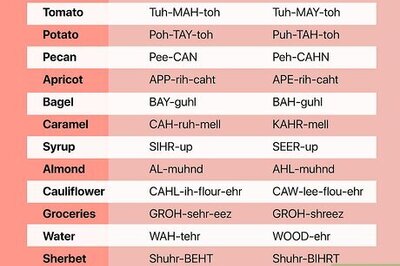




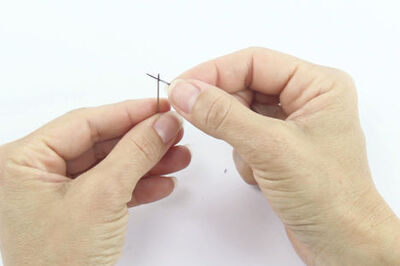
Comments
0 comment